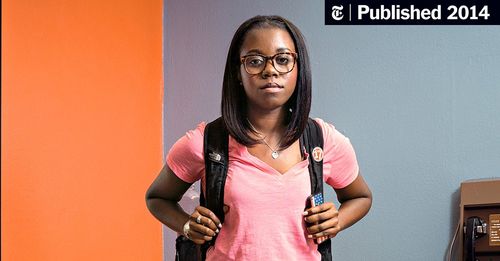Who Gets to Graduate?

Who Gets to Graduate?
6/18/2014
link
summary
This article, written by Paul Tough for The New York Times Magazine, explores the challenges faced by students from disadvantaged backgrounds in U.S. colleges and universities. It focuses on the work of an innovative program called the University of Texas at Austin’s Project 2021, which aims to improve graduation rates for low-income and minority students. The article highlights the importance of non-academic factors such as mindset, resilience, and social support in determining whether or not students successfully navigate the challenges of higher education. It also discusses the impact of interventions and support systems that help students develop the skills and mindset necessary to overcome obstacles and graduate successfully.
tags
college graduation ꞏ higher education ꞏ student success ꞏ educational equity ꞏ student support ꞏ college completion ꞏ graduation rates ꞏ educational research ꞏ educational interventions ꞏ student retention ꞏ college persistence ꞏ academic achievement ꞏ college access ꞏ student empowerment ꞏ student motivation ꞏ educational disparities ꞏ underrepresented students ꞏ first-generation students ꞏ low-income students ꞏ minority students ꞏ educational barriers ꞏ student mentorship ꞏ student counseling ꞏ social support ꞏ education policy ꞏ higher education reform ꞏ student outcomes ꞏ educational inequality ꞏ student engagement ꞏ student success programs ꞏ education system ꞏ educational equality ꞏ graduation ceremony ꞏ college experience ꞏ student development ꞏ student well-being ꞏ educational resources ꞏ student services ꞏ college counseling ꞏ student mindset ꞏ education intervention ꞏ student resilience ꞏ educational support ꞏ educational access